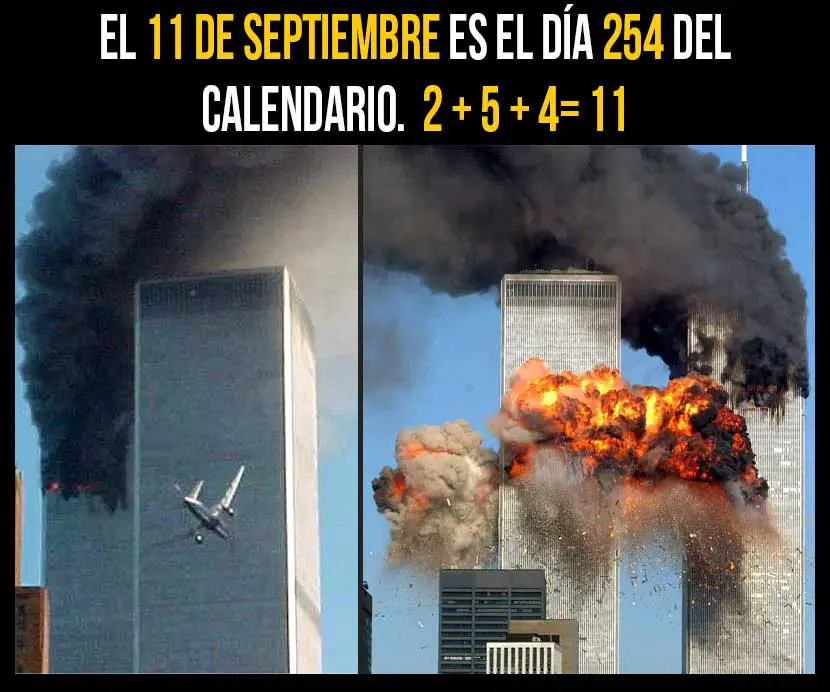|
|
General: PINOCHET, DISMINUTIVO DE PINOCHE PIÑA PINO FRANCES MADELEINE
Elegir otro panel de mensajes |
|
|
https://www.lanacion.com.ar/el-mundo/los-191-dias-del-gobierno-de-allende-que-terminaron-en-un-golpe-de-estado-que-aun-divide-a-chile-nid11092023/ |
|
|
|
|
Earth from Space – Arc de Triomphe, Paris
Status Report
May 13, 2022

Arc de Triomphe, Paris.
ESA
This striking, high-resolution image of the Arc de Triomphe, in Paris, was captured by Planet SkySat – a fleet of satellites that have just joined ESA’s Third Party Mission Programme in April 2022.
The Arc de Triomphe, or in full Arc de Triomphe de l’Étoile, is an iconic symbol of France and one of the world’s best-known commemorative monuments. The triumphal arch was commissioned by Napoleon I in 1806 to celebrate the military achievements of the French armies. Construction of the arch began the following year, on 15 August (Napoleon’s birthday).
The arch stands at the centre of the Place Charles de Gaulle, the meeting point of 12 grand avenues which form a star (or étoile), which is why it is also referred to as the Arch of Triumph of the Star. The arch is 50 m high and 45 m wide.
The names of all French victories and generals are inscribed on the arch’s inner and outer surfaces, while the Tomb of the Unknown Soldier from World War I lies beneath its vault. The tomb’s flame is rekindled every evening as a symbol of the enduring nature of the commemoration and respect shown to those who have fallen in the name of France.
The Arc de Triomphe’s location at the Place Charles de Gaulle places it at the heart of the capital and the western terminus of the Avenue des Champs-Élysées (visible in the bottom-right of the image). Often referred to as the ‘most beautiful avenue in the world’, the Champs-Élysées is known for its theatres, cafés and luxury shops, as the finish of the Tour de France cycling race, as well as for its annual Bastille Day military parade.
This image, captured on 9 April 2022, was provided by Planet SkySat – a fleet of 21 very high-resolution satellites capable of collecting images multiple times during the day. SkySat’s satellite imagery, with 50 cm spatial resolution, is high enough to focus on areas of great interest, identifying objects such as vehicles and shipping containers.
SkySat data, along with PlanetScope (both owned and operated by Planet Labs), serve numerous commercial and governmental applications. These data are now available through ESA’s Third Party Mission programme – enabling researchers, scientists and companies from around the world the ability to access Planet’s high-frequency, high-resolution satellite data for non-commercial use.
Within this programme, Planet joins more than 50 other missions to add near-daily PlanetScope imagery, 50 cm SkySat imagery, and RapidEye archive data to this global network.
Peggy Fischer, Mission Manager for ESA’s Third Party Missions, commented, “We are very pleased to welcome PlanetScope and SkySat to ESA’s Third Party Missions portfolio and to begin the distribution of the Planet data through the ESA Earthnet Programme.
“The high-resolution and high-frequency imagery from these satellite constellations will provide an invaluable resource for the European R&D and applications community, greatly benefiting research and business opportunities across a wide range of sectors.”
To find out more on how to apply to the Earthnet Programme and get started with Planet data, click here.
– Download the full high-resolution image.
|
|
|
|
|
How Napoleon's Arc de Triomphe Became a Symbol of Paris
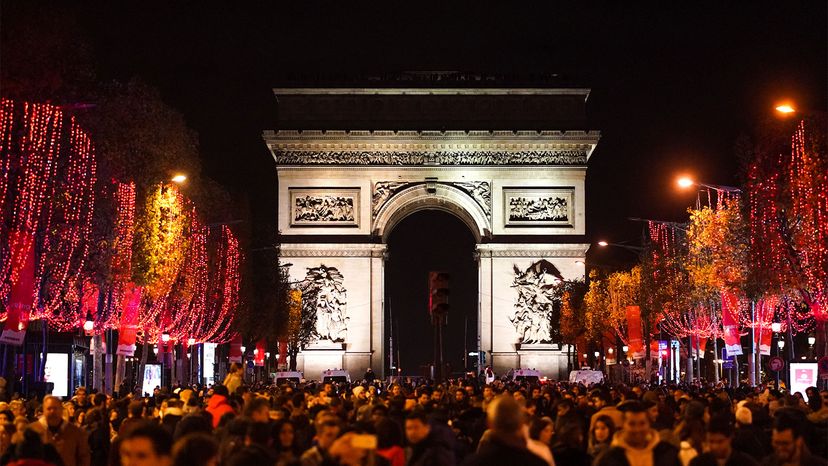 The Arc de Triomphe shines during the Christmas season on the Champs-Elysées in Paris, France. EDWARD BERTHELOT/GETTY IMAGESAs far as iconic Paris landmarks go, it's a toss-up between the Eiffel Tower and the Arc de Triomphe. If the Eiffel Tower boasts more T-shirts and wall art bearing its image, the Arc de Triomphe has given us some great film scenes with cars circling (and circling) it. That's because it's located within a circular plaza where 12 avenues, including the Champs-Elysées, meet.
Originally called Place de l'Étoile (Square of the Star) because of its starlike formation, the plaza was renamed Place de Charles de Gaulle in 1970 after the 20th century French president. But it was a different leader we have to thank for the Arc de Triomphe, and he is just as much a symbol of France as the structure he commissioned.
Why the Arc de Triomphe Was Built
The triumphal arch was commissioned by Napoleon Bonaparte to commemorate his victory at the Battle of Austerlitz and to "glorify the Grand Army" in general, according to Napoleon.org. Construction started in 1806, with the first stone laid on Aug. 15.
The arch, which Napoleon planned to ride through at the head of his victorious army, was inspired by the Arch of Titus in Rome. But the French version would be much more impressive at 164 feet (50 meters) high and 148 feet (45 meters) wide compared to that of Titus, which is just 50 feet (15 meters) high and 44 feet (13 meters) wide.
"Napoleon was known for never doing things on the cheap and thinking big," says W. Jude LeBlanc, associate professor at the school of architecture at Georgia Institute of Technology in Atlanta.
The emperor called on architect Jean-François-Thérèse Chalgrin, who had spent some years in Rome and had previously worked on a project for Versailles and churches like Saint-Philippe-du-Roule and the Church of Saint-Sulpice.
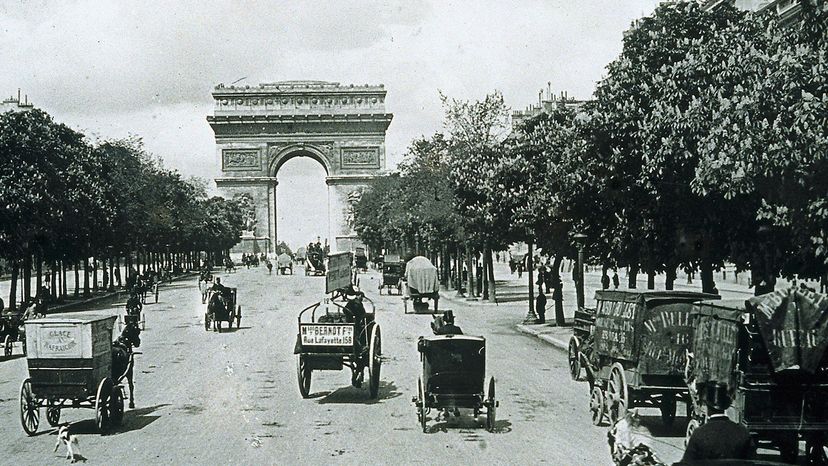 This is a lantern slide of the Champs-Elysées in 1856 with the Arc de Triomphe on the horizon.
THE ROYAL PHOTOGRAPHIC SOCIETY COLLECTION/V & A MUSEUM, LONDON/GETTY IMAGES
How Long It Took to Build the Arc de Triomphe
Perhaps Napoleon and Chalgrin were too ambitious in their proportions because the Neoclassical arch took 30 years to complete, although work was not continuous. In fact, it took more than two years just to lay the foundation.
It wasn't finished when Napoleon married his second wife, Marie-Louise de Habsburg-Lorraine, in 1810. As a substitute, he had a full-size replica crafted from wood, so he and his 19-year-old bride could pass under it.
Ironically, neither Napoleon nor Chalgrin saw the structure reach completion. Chalgrin died in 1811, and his former pupil Louis-Robert Goust took over the project. But in 1814, Napoleon abdicated, and work on the structure slowed to a crawl if it took place at all.
The monarchy was reinstated, and King Louis XVIII resumed work on the Arc de Triomphe in 1823, with the project finally being inaugurated in 1836 by King Louis-Philippe.
Although Napoleon didn't get see his completed triumphal arch, he did pass through it. When his body was returned to France in 1840 (he died on the island of Saint Helena in 1821), it was brought to les Invalides and passed under the Arc de Triomphe on the way there.
The Arc's Parisian Placement
The Arc de Triomphe and Place de Charles de Gaulle sit along the Axe Historique (Historical Axis) of Paris, which extends from the Louvre Museum to La Défense. The triumphal arch isn't the only one along the axis. At one end, the Arc de Triomphe du Carrousel, which was modeled on the Roman arches of Septimius and Constantine, sits between the Louvre and the Tuileries Garden. That one is about a third of the size and was also commissioned by Napoleon.
At the far end of the axis, La Grand Arche was built "as a strong unifying symbol for the bicentenary of the French Revolution" in 1989 and was a project French President François Mitterand. It was designed by Johan Otto V. Spreckelsen and is more than double the size of the Arc de Triomphe.
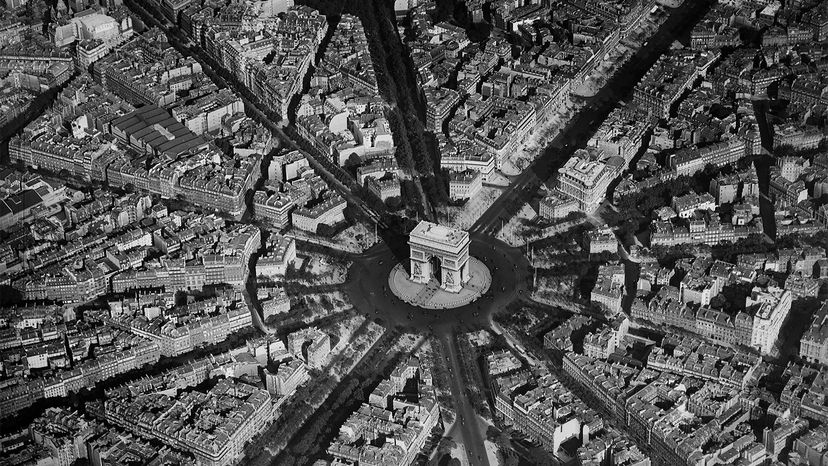 An aerial view of the Arc de Triomphe, which stands in the center of the Place de Charles de Gaulle, where 12 avenues, including the Champs-Elysées, meet.
ROGER VIOLLET GETTY IMAGES
With all these arches in Paris and around the world, what makes the Arc de Triomphe special?
"I don't know that it was structurally novel," says LeBlanc. Arches were well known at the time it was made, although Napoleon's was particularly massive. "What was unique was that it didn't have pilasters and columns."
The Arc includes many notable sculptures, with work by artists François Rude, Jean-Pierre Cortot and Antoine Etex on the pillars. Other surfaces include additional reliefs and the names of generals and battles.
Beneath the Arc de Triomphe are the Tomb of the Unknown Soldier, added in 1921, and the eternal flame, which is rekindled each evening. Due to its scale, the Arc de Triomphe is known for offering one of the best views of the city from the observation deck at the top.
https://science.howstuffworks.com/engineering/architecture/arc-de-triomphe.htm |
|
|
|
|
Earth from Space – Arc de Triomphe, Paris
Status Report
May 13, 2022

Arc de Triomphe, Paris.
ESA
This striking, high-resolution image of the Arc de Triomphe, in Paris, was captured by Planet SkySat – a fleet of satellites that have just joined ESA’s Third Party Mission Programme in April 2022.
The Arc de Triomphe, or in full Arc de Triomphe de l’Étoile, is an iconic symbol of France and one of the world’s best-known commemorative monuments. The triumphal arch was commissioned by Napoleon I in 1806 to celebrate the military achievements of the French armies. Construction of the arch began the following year, on 15 August (Napoleon’s birthday).
The arch stands at the centre of the Place Charles de Gaulle, the meeting point of 12 grand avenues which form a star (or étoile), which is why it is also referred to as the Arch of Triumph of the Star. The arch is 50 m high and 45 m wide.
The names of all French victories and generals are inscribed on the arch’s inner and outer surfaces, while the Tomb of the Unknown Soldier from World War I lies beneath its vault. The tomb’s flame is rekindled every evening as a symbol of the enduring nature of the commemoration and respect shown to those who have fallen in the name of France.
The Arc de Triomphe’s location at the Place Charles de Gaulle places it at the heart of the capital and the western terminus of the Avenue des Champs-Élysées (visible in the bottom-right of the image). Often referred to as the ‘most beautiful avenue in the world’, the Champs-Élysées is known for its theatres, cafés and luxury shops, as the finish of the Tour de France cycling race, as well as for its annual Bastille Day military parade.
This image, captured on 9 April 2022, was provided by Planet SkySat – a fleet of 21 very high-resolution satellites capable of collecting images multiple times during the day. SkySat’s satellite imagery, with 50 cm spatial resolution, is high enough to focus on areas of great interest, identifying objects such as vehicles and shipping containers.
SkySat data, along with PlanetScope (both owned and operated by Planet Labs), serve numerous commercial and governmental applications. These data are now available through ESA’s Third Party Mission programme – enabling researchers, scientists and companies from around the world the ability to access Planet’s high-frequency, high-resolution satellite data for non-commercial use.
Within this programme, Planet joins more than 50 other missions to add near-daily PlanetScope imagery, 50 cm SkySat imagery, and RapidEye archive data to this global network.
Peggy Fischer, Mission Manager for ESA’s Third Party Missions, commented, “We are very pleased to welcome PlanetScope and SkySat to ESA’s Third Party Missions portfolio and to begin the distribution of the Planet data through the ESA Earthnet Programme.
“The high-resolution and high-frequency imagery from these satellite constellations will provide an invaluable resource for the European R&D and applications community, greatly benefiting research and business opportunities across a wide range of sectors.”
To find out more on how to apply to the Earthnet Programme and get started with Planet data, click here.
– Download the full high-resolution image.
|
|
|
|
|
| Foundation stone. On August 15, 1806, Emperor Napoleon I's birthday, the foundation stone of the building was laid at a depth of eight meters, between the two southern pillars. |
|
|
|
|
| Enviado: 21/10/2024 10:30 |
|
|
|
|
|
|
|
|
|
|
![Sunset under the Arc de Triomphe © Siren-Com - licence [CC BY-SA 3.0] from Wikimedia Commons](https://frenchmoments.eu/wp-content/uploads/2012/11/Sunset-Arc-de-Triomphe-%C2%A9-Siren-Com-licence-CC-BY-SA-3.0-from-Wikimedia-Commons.jpg) Sunset under the Arc de Triomphe © Siren-Com – licence [CC BY-SA 3.0] from Wikimedia Commons Sunset under the Arc de Triomphe © Siren-Com – licence [CC BY-SA 3.0] from Wikimedia Commons
The sun sets on the Historical Axis several times in a year:
- It sets towards the West under the arch on 6 occasions: on the 7th, 8th and 9th May and on the 3rd, 4th and 5th August (from place de la Concorde)
- The sun rises towards the East under the arch 4 times each year: on the 4th, 5th and 6th February and on the 7th November (from Porte Maillot).
|
|
|
|
|
Un simple soldado”: La miniserie centrada en Augusto Pincohet
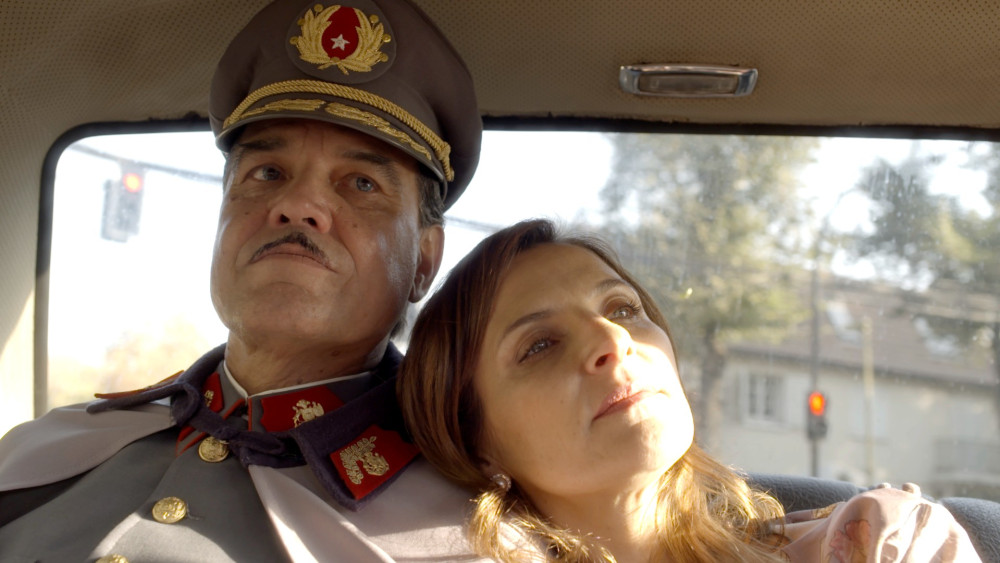 Un simple soldado. Foto: Variety Un simple soldado. Foto: Variety
El acenso y la caída del dictador es lo que muestra la serie de la productora Invercine & Wood.
En seis capítulos, la miniserie “Un simple soldado” se centrará en Augusto Pinochet. De la productora Invercine & Wood, quienes han estado detrás de “Los 80” y de “Mary & Mike”, esta producción hará un retrato del general, su asenso y su caída.
Una narrativa que lo mostrará en el Golpe de Estado en 1973, su mecánica para callar a la oposición, además de atentados claves como el auto bomba que asesinó al general Carlos Prats junto con su señora en Buenos Aires. Años más tarde, más viejo y con arresto domiciliario en Londres sin querer estar en prisión, acusado por crímenes de lesa humanidad y abandonado por ex líderes que antes fueron aliados.
“La nueva serie se centrará en cómo el dictador fue seducido por el poder y cómo, con astucia política, logró transformarse en un líder supremo durante casi dos décadas, cambiando el curso de la historia en Chile”, destaca Variety.
Como dijo María Elena Wood, productora ejecutiva de Invercine & Wood, el mayor desafió fue construir el personaje de Pinochet y para hacerlo creíble se basaron en “El Padrino” de Francis Ford Coppola y, en términos visuales, en “The Conformist” de Bernardo Bertolucci.
El rodaje partirá el próximo año en España.
Foto: Variety
https://www.duna.cl/cultura/series/2018/06/13/un-simple-soldado-la-miniserie-centrada-en-augusto-pincohet/ |
|
|
|
|
La iglesia de Saint-Laurent de París es una iglesia fundada en el siglo XV localizada en el X Distrito, en el antiguo recinto de Saint-Laurent, 119, rue du Faubourg-Saint-Martin, 68, boulevard de Strasbourg y 68, boulevard de Magenta.
La iglesia está construida sobre el eje norte-sur de París que conecta Senlis y Orleans y que fue trazado por los romanos durante la mitad del siglo ii a. C., la actual rue du Faubourg-Saint-Martin, rue Saint-Martin, rue Saint-Jacques y rue du Faubourg-Saint-Jacques.
Después de las clasificaciones y registros iniciales como monumentos históricos, el 1 de febrero de 1945 (79 años), la iglesia fue enteramente clasificada por decreto del 16 de diciembre de 2016.1
|
|
|
|
|
  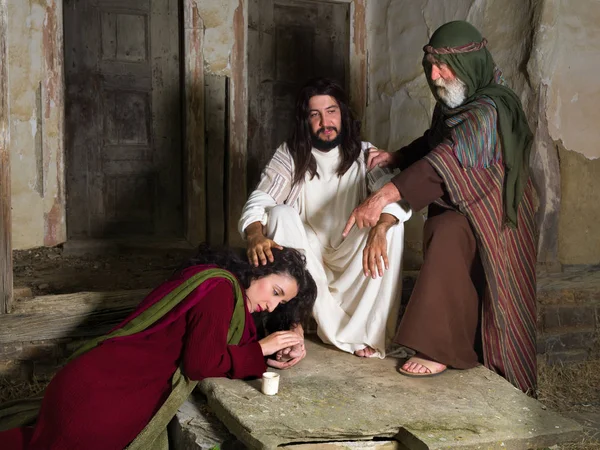
patagonia=911=volver al futuro
EL MESÍAS PONDRÁ SUS PIES SOBRE
EL MONTE DE LOS OLIVOS
 En el Judaísmo tradicional y en la literatura Rabínica, el monte de los Olivos es llamado la montaña del Mesías (Mashíaj). Después de que el Mesías (Mashíaj) judío Yeshúa/Jesús resucitara, Él dejó la tierra desde el Monte de los Olivos, para volver otra vez al Cielo (Olam Habá) para sentarse a la diestra del Padre. En Hechos 1:9-12 está escrito: En el Judaísmo tradicional y en la literatura Rabínica, el monte de los Olivos es llamado la montaña del Mesías (Mashíaj). Después de que el Mesías (Mashíaj) judío Yeshúa/Jesús resucitara, Él dejó la tierra desde el Monte de los Olivos, para volver otra vez al Cielo (Olam Habá) para sentarse a la diestra del Padre. En Hechos 1:9-12 está escrito:
-
"Y habiendo dicho estas cosas, viéndolo ellos, [Jesús> fue alzado, y le recibió una nube que le ocultó de sus ojos. Y estando ellos con los ojos puestos en el cielo, entre tanto que él se iba, he aquí se pusieron junto a ellos dos varones con vestiduras blancas, los cuales también les dijeron: Varones galileos, ¿por qué estáis mirando al cielo? Este mismo Jesús, que ha sido tomado de vosotros al cielo, así vendrá como le habéis visto ir al cielo. Entonces volvieron a Jerusalén desde el monte que se llama del Olivar [Olivos>, el cual está cerca de Jerusalén, camino de un día de reposo."
 Cuando el Mesías (Mashíaj) judío Yeshúa/Jesús vuelva en Su segunda venida como el Mesías Rey (Mashíaj ben David), Él pondrá Sus pies sobre el monte de los Olivos. En Zacarías 14:3-4, 9 está escrito: Cuando el Mesías (Mashíaj) judío Yeshúa/Jesús vuelva en Su segunda venida como el Mesías Rey (Mashíaj ben David), Él pondrá Sus pies sobre el monte de los Olivos. En Zacarías 14:3-4, 9 está escrito:
-
"Después saldrá el Señor…y se afirmarán sus pies en aquel día sobre el monte de los Olivos… y el Señor será rey sobre toda la tierra. En aquel día será uno, y uno será su nombre."
 Los pies de la persona que se ponen sobre el monte de los Olivos en Zacarías 14:4, es el Señor en Zacarías 14:3. La palabra traducida como SEÑOR en Zacarías 14:3 es la palabra hebrea YHWH. Los pies de YHWH se pondrán sobre el monte de los Olivos. Esto es los pies del Mesías (Mashíaj) judío Yeshúa/Jesús (Hechos 1:9-12). Los pies de la persona que se ponen sobre el monte de los Olivos en Zacarías 14:4, es el Señor en Zacarías 14:3. La palabra traducida como SEÑOR en Zacarías 14:3 es la palabra hebrea YHWH. Los pies de YHWH se pondrán sobre el monte de los Olivos. Esto es los pies del Mesías (Mashíaj) judío Yeshúa/Jesús (Hechos 1:9-12).
|
|
|
|
|
Fue así como los obreros y estudiantes no pudieron vencer. Sin embargo, su lucha tuvo un mérito incuestionable: las banderas de Mayo del ´68 fueron la punta de lanza de acontecimientos como el Otoño Caliente italiano, la Primavera de Praga, la Revolución de los Claveles en Portugal, el Cordobazo en Argentina, los Cordones Industriales en Chile y una interminable lista de levantamientos obreros y estudiantiles en todos los rincones del planeta. |
|
|
 Primer Primer
 Anterior
10 a 24 de 24
Siguiente Anterior
10 a 24 de 24
Siguiente
 Último
Último

|
|
| |
|
|
©2025 - Gabitos - Todos los derechos reservados | |
|
|
 The Arc de Triomphe shines during the Christmas season on the Champs-Elysées in Paris, France. EDWARD BERTHELOT/GETTY IMAGES
The Arc de Triomphe shines during the Christmas season on the Champs-Elysées in Paris, France. EDWARD BERTHELOT/GETTY IMAGES



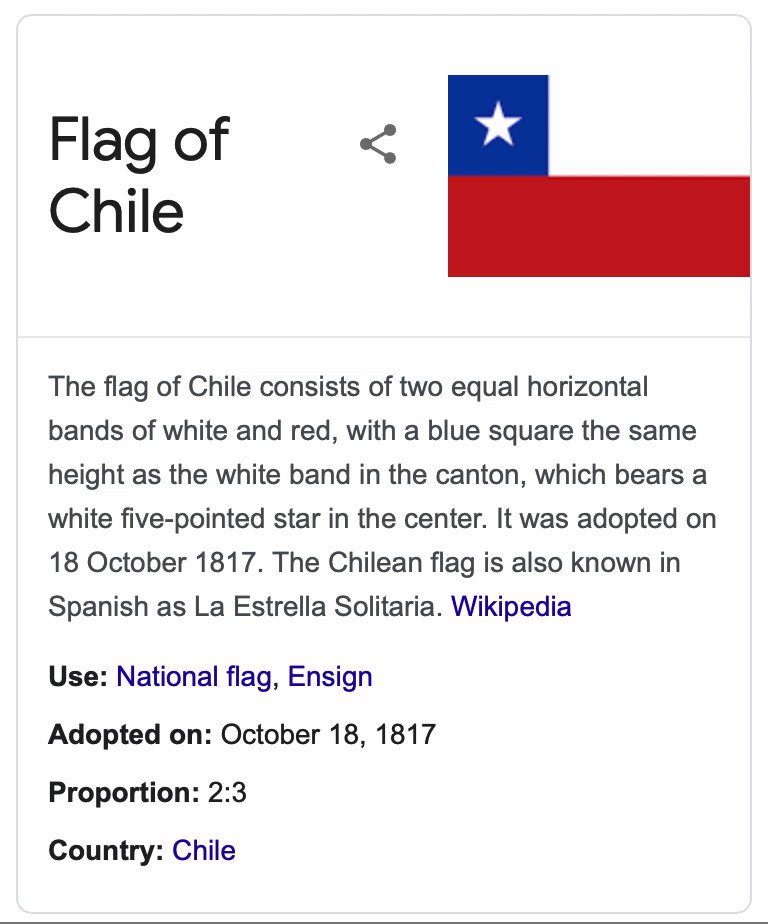


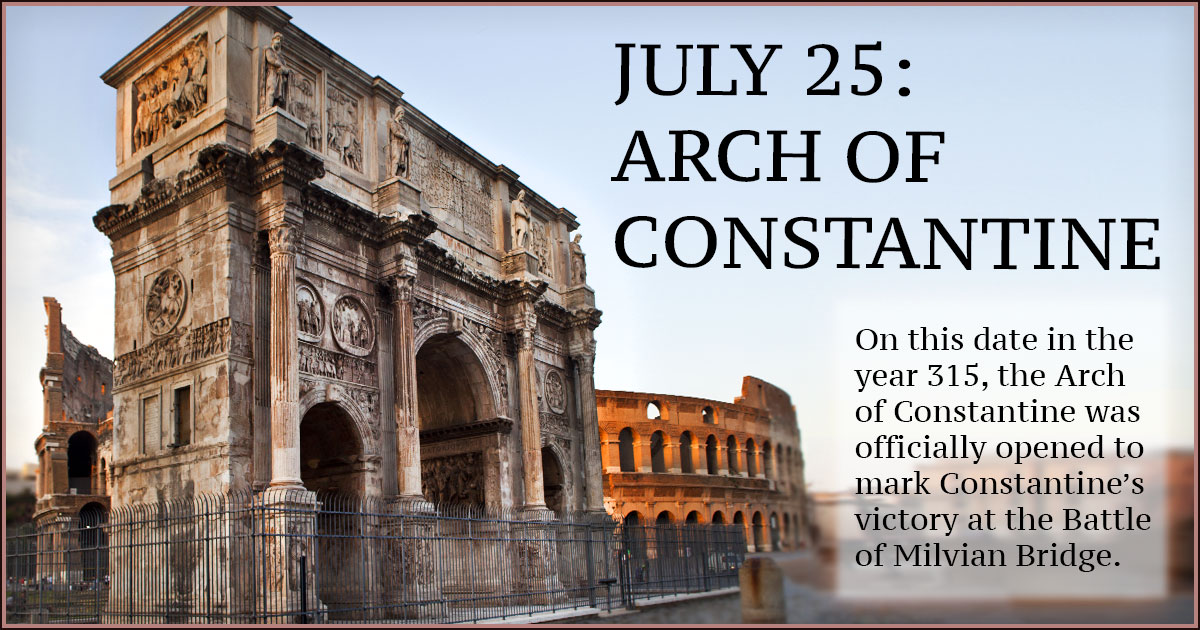





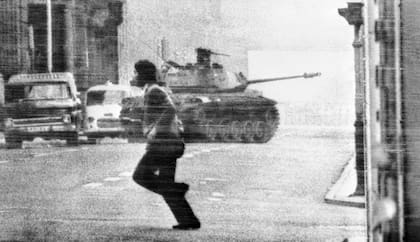



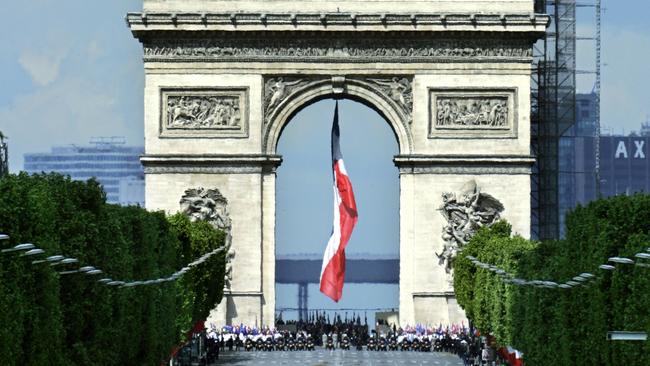

 This is a lantern slide of the Champs-Elysées in 1856 with the Arc de Triomphe on the horizon.
This is a lantern slide of the Champs-Elysées in 1856 with the Arc de Triomphe on the horizon.
 An aerial view of the Arc de Triomphe, which stands in the center of the Place de Charles de Gaulle, where 12 avenues, including the Champs-Elysées, meet.
An aerial view of the Arc de Triomphe, which stands in the center of the Place de Charles de Gaulle, where 12 avenues, including the Champs-Elysées, meet.


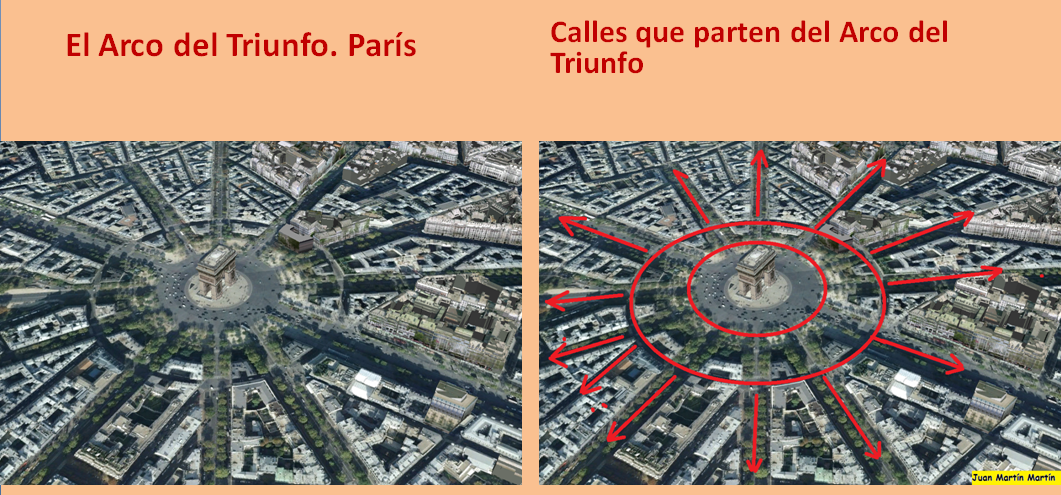
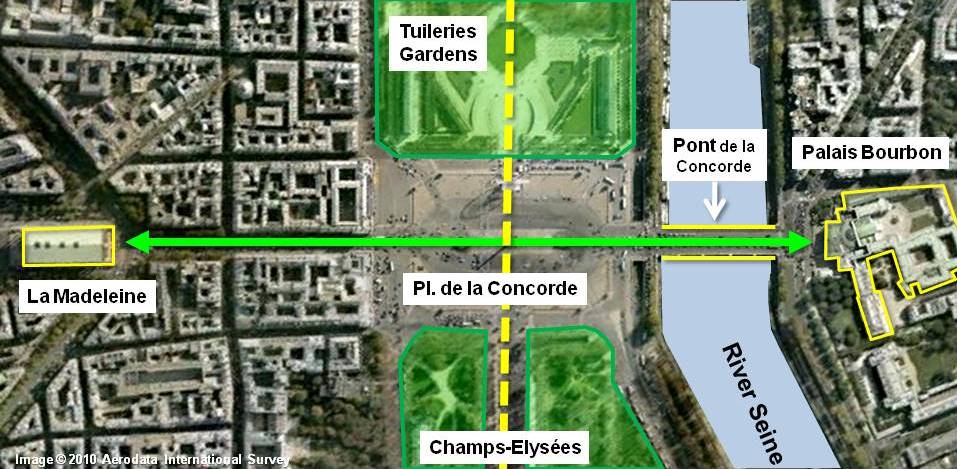
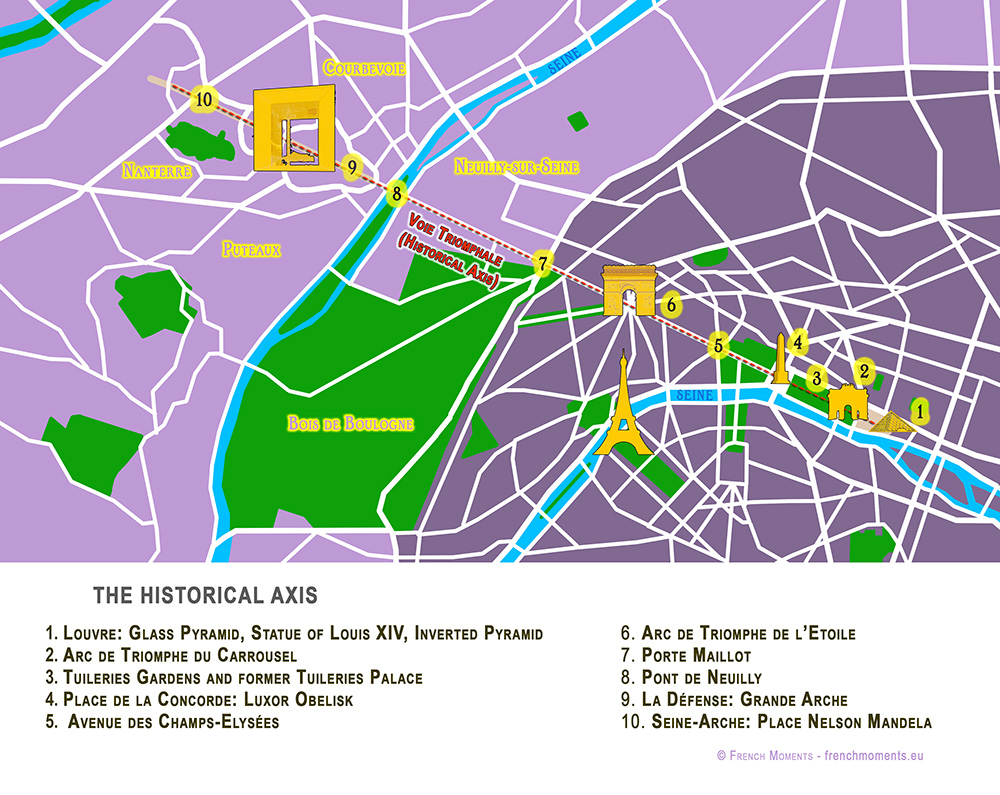


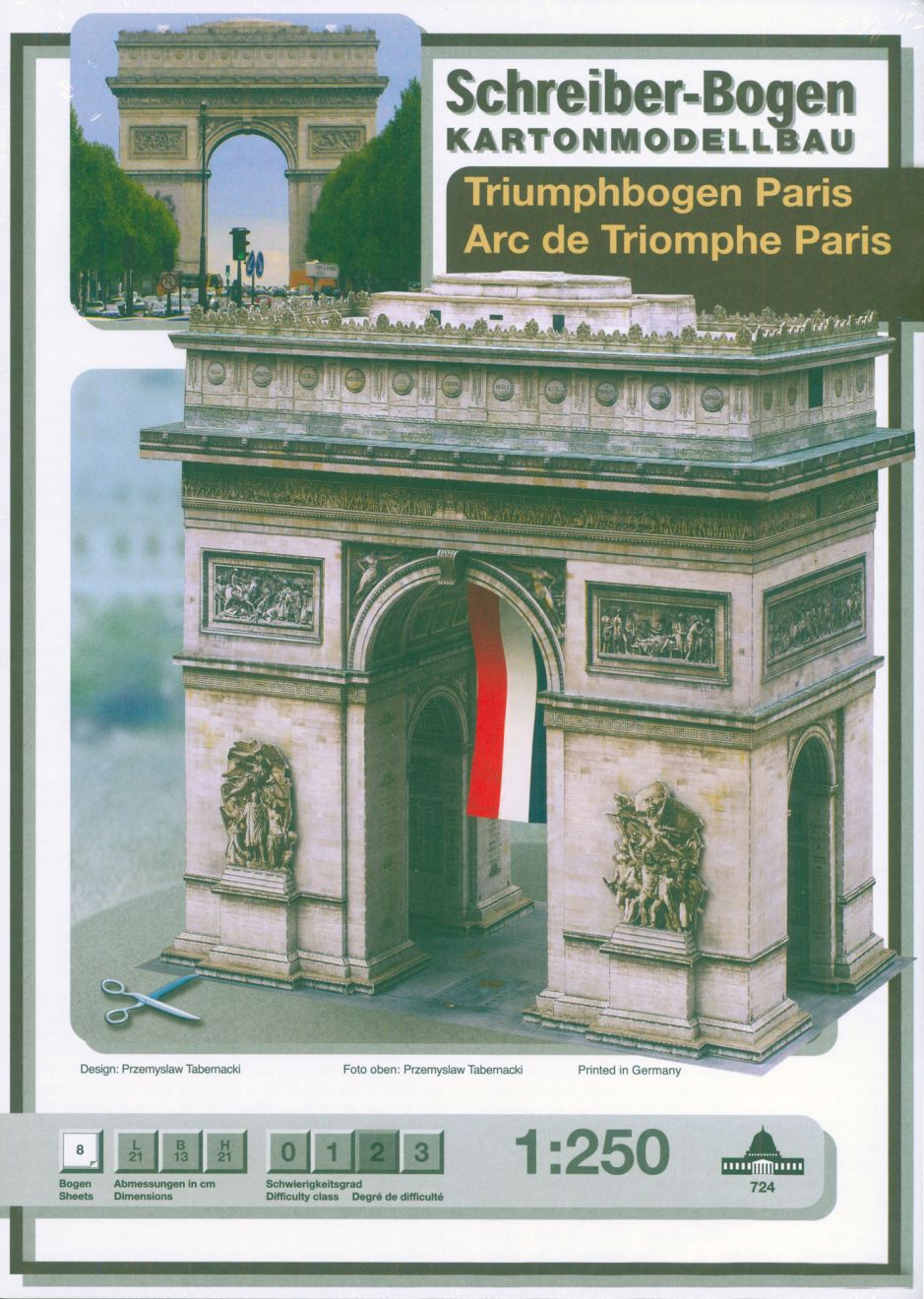
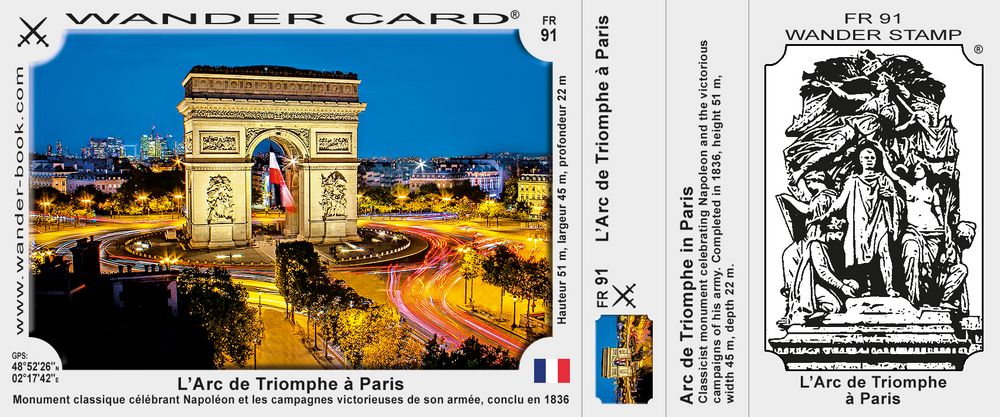

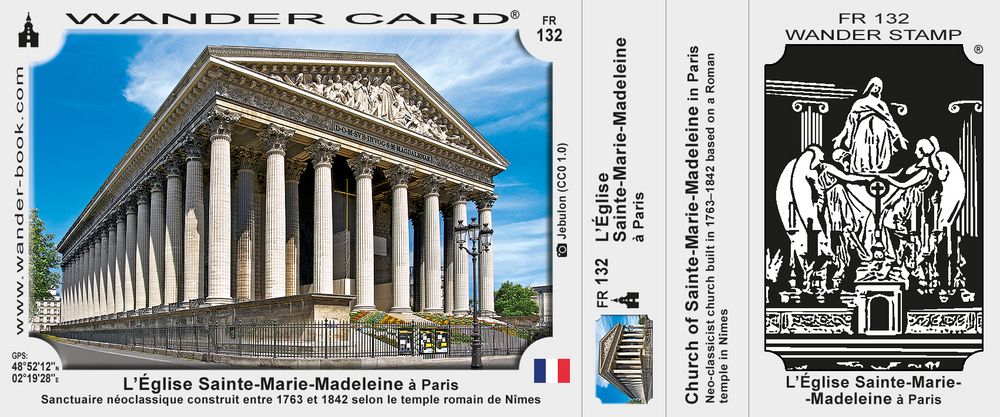



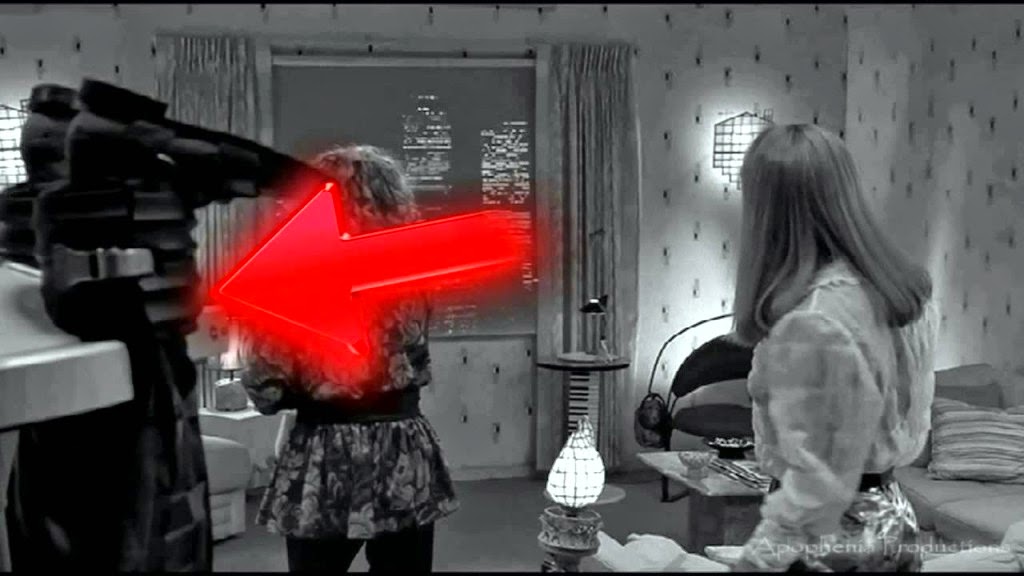

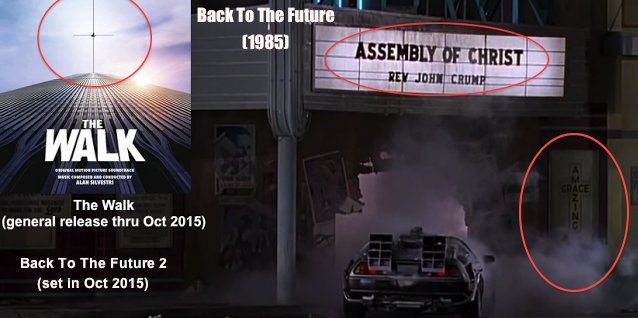
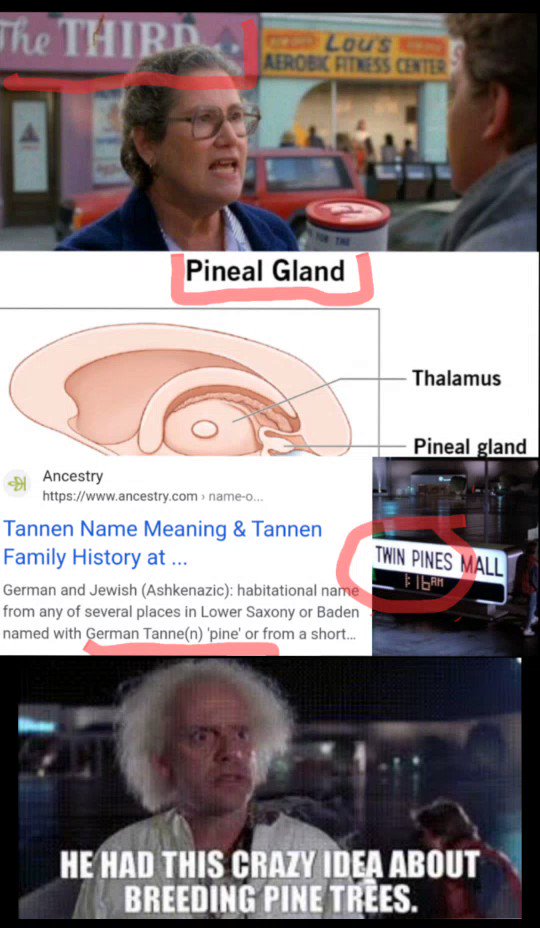
![Sunset under the Arc de Triomphe © Siren-Com - licence [CC BY-SA 3.0] from Wikimedia Commons](https://frenchmoments.eu/wp-content/uploads/2012/11/Sunset-Arc-de-Triomphe-%C2%A9-Siren-Com-licence-CC-BY-SA-3.0-from-Wikimedia-Commons.jpg)
 Un simple soldado. Foto: Variety
Un simple soldado. Foto: Variety






